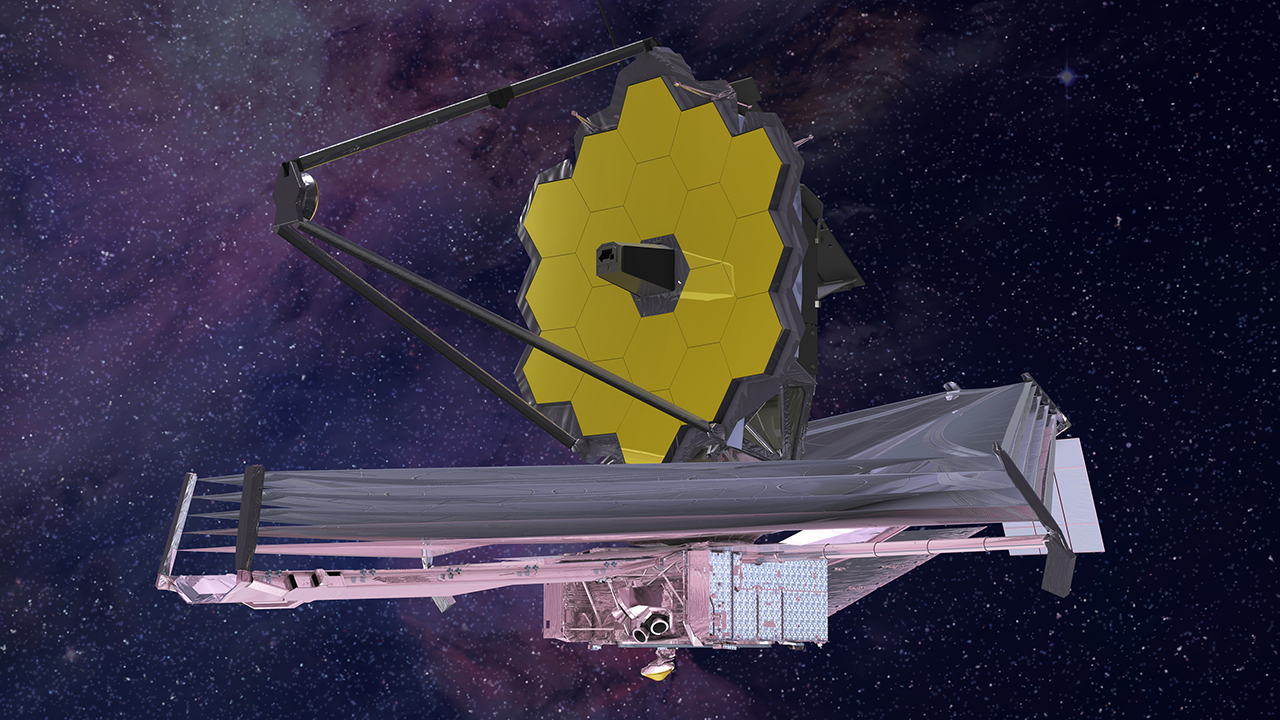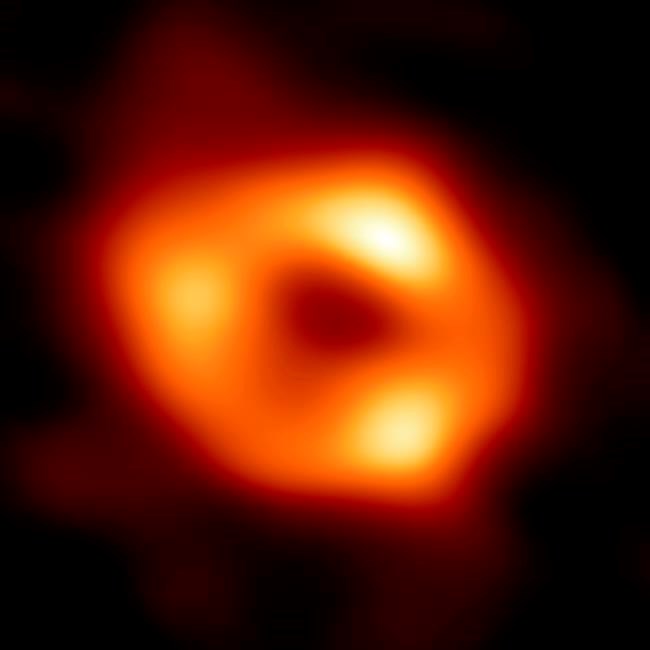One of the tasks that the James Webb Space Telescope will be involved in the first year of its operation in space is the study of the supermassive black hole Sagittarius A*. Scientists are very interested in the jets that break out of it from time to time.

James Webb will explore a supermassive black hole
On July 12, the James Webb Space Telescope (JWST) will begin full-fledged work on studying the surrounding universe. One of the tasks assigned to it for the first year of work is cooperation with the global array of antennas of the Event Horizon Telescope (EHT).
It was the EHT team that in 2019 was able to obtain the first ever image of a black hole in the galaxy M87. For this, they had to “put together” the data of many radio telescopes all over the Earth. And this spring, they were able to get an image of the Sagittarius A* object in the center of our Galaxy in the same way.

And it was for the study of the supermassive black hole in the center of the Milky Way that a new space telescope was needed. Sagittarius A*, like every black hole, throws jets into space at almost light speed. They can occur up to five times a day and last only a few hours.
Will it be possible to see flashes on a black hole?
Scientists still don’t know exactly how flares occur. The matter accelerating to the speed of light is first visible in the infrared range, and then its radiation is shifted to the submillimeter.
And it is at a wavelength slightly longer than visible light that two devices in the JWST work: the NIC near-infrared camera and the MIRI device for working with the middle infrared range.
The only problem is that in addition to studying Sagittarius A*, this telescope has many other tasks. Therefore, only 25 hours have been allocated to search for the jets of the supermassive black hole closest to us next spring. Scientists hope that this will be enough to see at least one jet.
But these flares can occur unevenly and we do not understand the reasons for this. So, the jet may simply not appear during these two days. But even if this does not happen, scientists are optimistic. In the end, then they will get at least one more high-quality image of Sagittarius A*.
According to www.space.com
Follow us on Twitter to get the most interesting space news in time
https://twitter.com/ust_magazine
